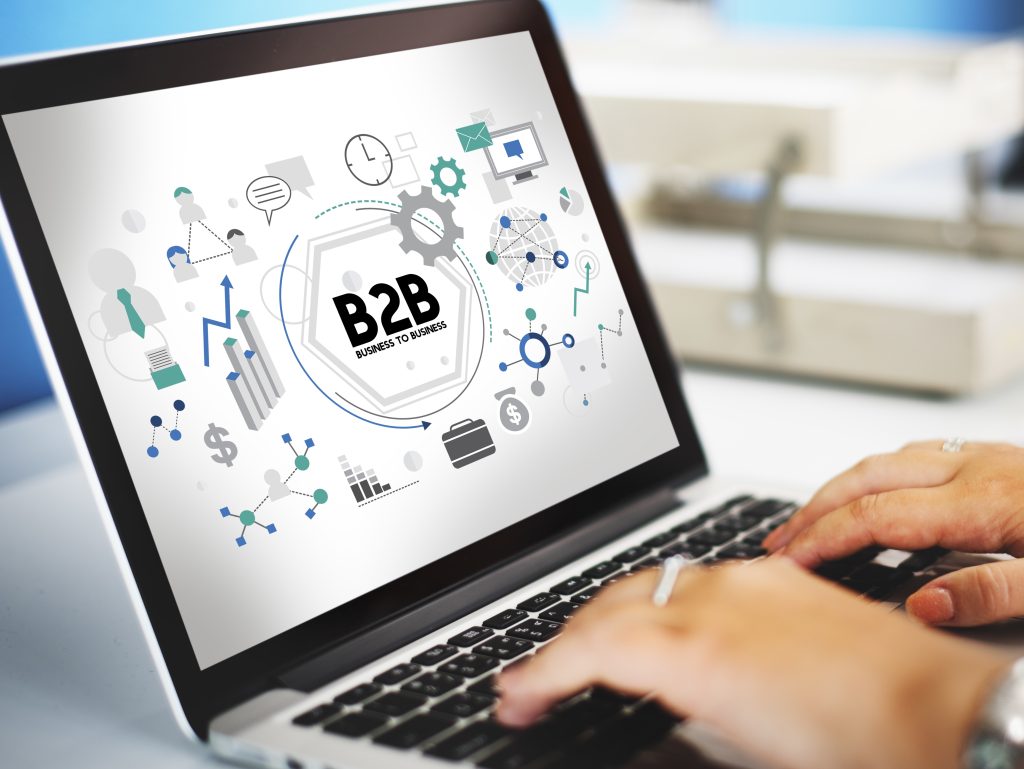Buy-now-pay-later: It’s the global fintech revolution enabling shoppers to pay for everyday products in installments, and arguably marks the greatest disruption in consumer finance since credit cards.
Yet whilst the likes of Klarna have taken the world of B2C finance by storm, there has been very little innovation or disruption within the B2B payments world – until now.
A growing number of fintech-based finance providers are now working to replicate the booming B2C BNPL model in the B2B world, by proactively providing credit to B2B merchants. These credit lines empower merchants with the ability to become their own BNPL provider and offer their business customers a new and different option to pay for purchases.
Why now? And can B2B BNPL replicate the success of its B2C counterpart?
B2B credit is not, in itself, a new concept – through invoice financing, most businesses can already pay for an item or service at a later date. What has changed, however, is the technological, financial and social context within which modern day businesses are operating, and it is this transformation – and three key factors, in particular – that has led to the rise of B2B BNPL.
The first factor is the maturing of financial technologies that makes B2B BNPL possible. Previously, when providing credit, businesses would have to undertake arduous, manual and generally offline checks. This could typically take days.
Today, digital solutions – such as the wide use of open banking allowing fast and accurate credit checks and automated KYC and AML – streamline the entire process, meaning lending decisions can be made in minutes.
The second factor is the proven B2C model, which has given businesses and B2B credit providers confidence that the model can work. With B2C BNPL having transformed the consumer market, businesses and lenders have started to think about how to replicate this idea in the B2B world, while improving the obvious shortcomings such as lending to people with poor credit history.
The third and final factor that has accelerated the development of B2B BNPL has been the economic impact of the pandemic. The squeezing of finances – particularly for SMEs – has resulted in pressure on cash flow, with the majority of British businesses having only three months or less cash in reserve according to a March 2021 survey by the British Chamber of Commerce.
It is clear, therefore, that the stage is firmly set for B2B BNPL. Yet despite the roaring success of companies such as Klarna, there remain considerable concerns over irresponsible B2C lending, the inability of borrowers to maintain their repayments and the risk of them spiralling into debt. This risk led to the government announcing in February 2021 that consumer BNPL products would be regulated by the FCA.
Businesses – in particular small enterprises – are no strangers to the perils of taking on too much debt, and carefree B2B BNPL lending has the potential (as any form of business lending does) to increase risk. This is why responsibility must be at the heart of a B2B BNPL culture.
Responsibility starts with lenders like us, Fintex Capital, who provide the finance allowing businesses to become BNPL vendors in the first place. It is our responsibility to ensure that we are only partnering with reputable companies that, in turn, will use this function responsibly. It is also our responsibility to work with businesses so they understand how to be lenders, from assessing credit risk to developing a collections policy if something goes wrong.
It is then the responsibility of those companies to undertake due diligence on their customers. One advantage of the B2B world is that lender and borrower are far more likely to know each other, and have an existing relationship, than in the B2C world. Responsibility does, however, also mean businesses assessing the credit quality of their clients.
With businesses increasingly modelling their online infrastructure along the lines of an eCommerce site, BNPL solutions will also need to be accessible, integrated at point of sale and compatible with everyday payment partners. Unlike mass market B2C BNPL, companies offering BNPL will also need to ensure that their solutions are flexible to satisfy each borrower’s individual needs.
With BNPL having revolutionised consumer finance in recent years, business finance is now set to undertake a similar transformation. Thanks to fintech innovation, the potential for BNPL finance to unlock growth and scalability is now vast. It will be up to all of us – tech innovators, financers, lenders and customers – to ensure that this lending power is deployed responsibly.
